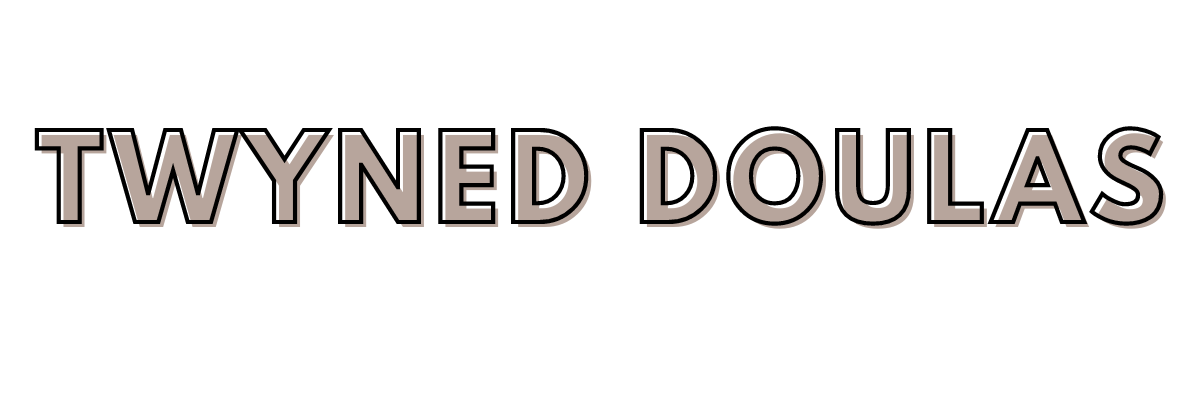Bringing a precious life into the world through a cesarean birth is a momentous occasion filled with joy and anticipation. While the birth itself may be different from what you initially envisioned, the postpartum journey that follows is just as significant. Whether it’s your first C-section or you’ve experienced one before, each recovery is unique and deserving of the utmost care and attention.
If you’re a mom-to-be preparing for a planned C-section or someone seeking support and information after an unexpected surgical birth, here are six tips for a successful cesarean birth recovery.
Follow Medical Advice
Always follow your healthcare provider’s instructions for wound care, pain management, and post-operative activity restrictions. They will provide guidance tailored to your specific situation.
Rest and Take it Slow
Allow your body time to heal. You will need more time to recover from a c-section than you would from a routine vaginal delivery.
- get plenty of rest
- avoid heavy lifting and strenuous activities
- enlist help with daily tasks
Let your support team take care of you with nourishing meals, their comforting presence, help around the house, and the tender support that only loved ones can provide. Rest as much as you can even if that means bringing in a postpartum doula to provide care for your baby while you nap or take some time for yourself.
Remember that this phase of healing is not a race but a gentle stroll through the garden of recovery. As you tread softly and let your body heal, you’re not only nurturing yourself but also nurturing the precious bond with your little one.
Manage Pain
- take prescribed pain medications as directed
- use ice packs to reduce swelling
- heating pads can help to relieve discomfort
Proper pain management will make it easier to move and care for your newborn.
If you are breastfeeding, make sure any medication is okay to take while nursing your baby. Depending on your pain, your doctor could prescribe you something over the counter like acetaminophen or ibuprofen. Sometimes they give you Morphine for the pain right after surgery. The morphine can make you itch pretty bad so be prepared for that.
You might feel numbness near your incision site; this is normal. The surgery could have affected nerves.
Gentle Movement
Gradually introduce movements and exercises recommended by your healthcare provider. These can help prevent blood clots and promote healing without straining your incision site.
- when you sneeze, laugh, or cough hold your belly or tightly cover with a pillow to protect your incision site
- short walks can help with movement, prevent constipation and even blood clots
Getting up and walking after surgery may feel super weird and like you cannot stand straight up but that’s okay. That feeling will soon go away.
Nutrition and Hydration
Eat a balanced diet rich in nutrients to support healing. Your diet postpartum is just as important as your diet during pregnancy. Staying hydrated is also essential. Fiber can help prevent constipation, which can be uncomfortable post surgery; fruits, vegetables, and broth are great too!
If you had a planned C-section, you most likely haven’t ate for quite a few hours; could be longer if an emergency c-section cuts in front of your surgery time. You will be incredibly hungry once in recovery. Do not eat as much or as fast as possible ’cause you could throw it right back up.
Breastfeeding Positions
If you are breastfeeding, lay on your side. Laying in this position will be more comfortable as your baby will not be laying on your incision site.
This is also a great position to roll into when trying to get up. You do not want to use your ab muscles to get up or do any form of sit up. Instead, roll to your side and push up with your arms.
Well there you have it, the six tips for a better cesarean recovery. If these tips helped you or if you have any tips for other new parents, please leave them in the comments!





0 Comments